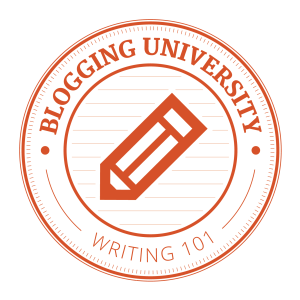For this page on this blog which no one reads, I am going to think about teaching and what it means for me personally.
Right now it is snowing outside — really snowing — and I have the house to myself so I can think.
This past September, I shifted from teaching at an co-ed independent (read private — it is the pc term now) to a girls independent school. Some aspects (texts taught, expectations for comments on papers and student interaction) are quite similar. Other aspects (level of student engagement, expectations, quality of work) are quite different and by this I mean that this girls’ school has significantly more rigorous academic standards.
I have also been struck by how different the girls react to the texts and to the structure of class as opposed to my co-ed classes in previous years. These girls have no trouble saying that certain well-recognized authors (Steinbeck) do not write about women’s emotions realistically. They are sharply critical when they think a character is emotionally stereotyped. They are able to see more nuance in how characters are portrayed — both male and female characters. For example, in my old co-ed school, when the students studied Fitzgerald’s novel The Great Gatsby, they did not notice or comment on Daisy’s statement in Chapter 1 that she hopes her daughter grows up to be a beautiful little fool. No comment at all about this — not even from the girls in the class or from a girl speaking to me one-on-one after class. In my new girls school, that was the first thing they wanted to talk about after reading Chapter 1 and they had a lively debate about women and perceptions and expectations for women, and why Daisy felt as she did, and why Daisy would never do anything about this.
What also strikes me as I think about these two schools are the debates that are current in both places:
What is the place of computers and technology in a classroom?
Should students read books on the computer? What do they lose and gain by reading on a screen?
How do you balance the old literacies (traditional thesis-driven essays, emphasis on interpretation of linear words) with the new literacies (video, photographic, audio, design literacies?
Who are the students writing for — in the old tradition, just the teacher; in the new tradition, an audience of peers and even a global audience?
How much should the students memorize vs how much should they just be able to look up?
Are teachers the founts of knowledge (lecturing) or facilitators or Tummlers as Clive Thompson might say?
But what I see above all is a great deal of uncertainty and trepidation. The world is changing so fast and no one knows what skills or knowledge or mindset any of us will need to succeed and be happy.



I read this page and was very interested in your sense of the difference between coed and all girls schools. If you write more on education, let me know.
LikeLike